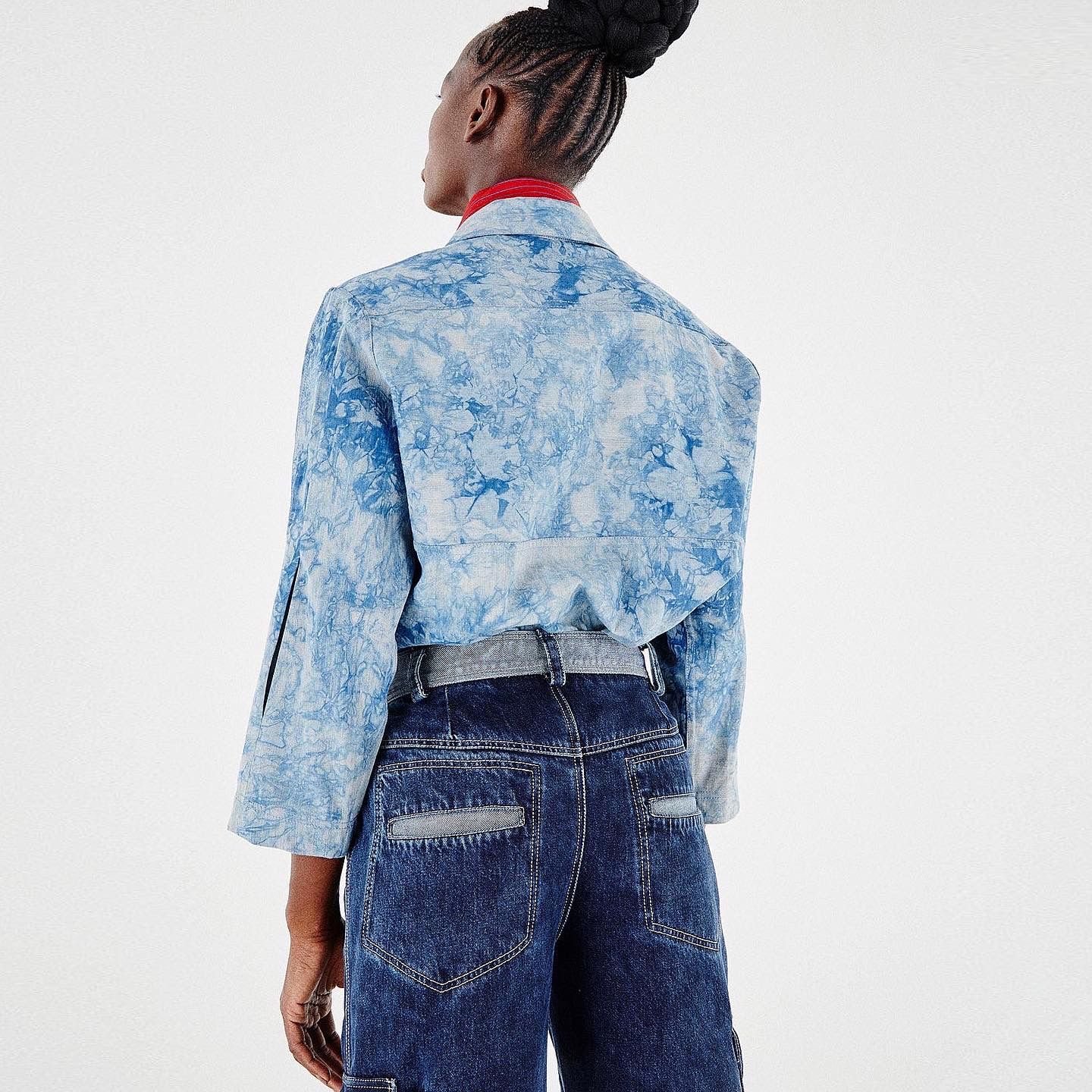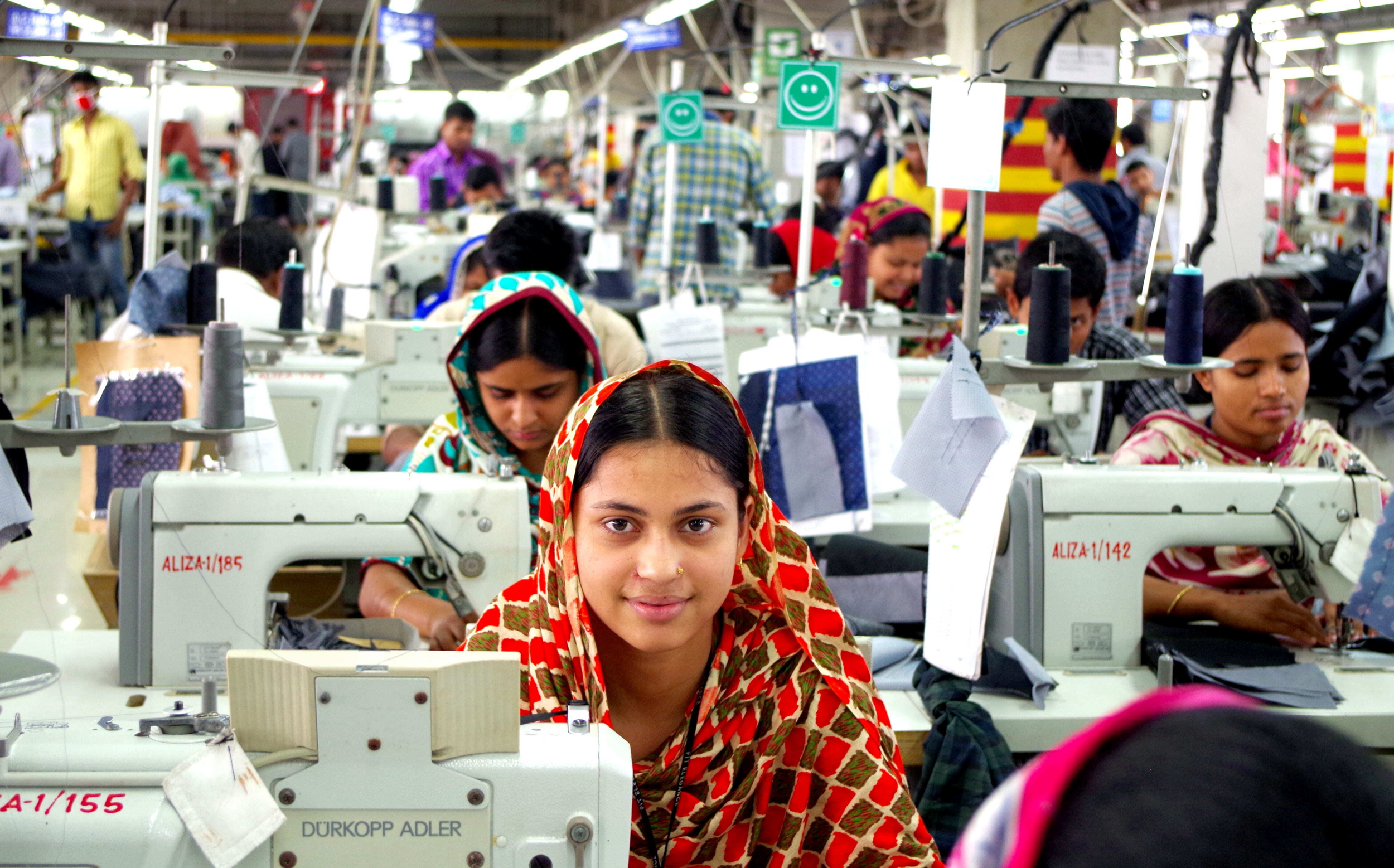How to Bring Sustainability to your Denim Products
Jun 03, 2022
Collaborating with local artisans and embedding environmental consciousness in her brand: that’s how Sheetal Shah learns to use innovative techniques and minimize the impact of her creations.
HOW TO ENGAGE YOUR COMPANY IN A POSITIVE CHANGE?
The decision to launch Between Conscious Program is driven by the mission to ease a change in the fashion industry.
BETWEEN consultancy supports the process to focus on values and integrating them into the corporate identity, and to find the best professionals with high-level team scouting.
Sometimes all you needed was some inspiration: Between Conscious Program, therefore, started a journey to show you how diverse can be the range of impactful changes that professionals are able to bring in.
Meet the professionals and discover all the possible routes in the journey to sustainability.
Creating a Unique Denim - Sheetal Shah
Sheetal Shah is a young Indian fashion and textile designer, who started her own brand in Milan, Italy in 2020. It is called Curious Grid. Her work soon managed to be noticed globally thanks to her attitude to work in close collaboration with local artisans and with an embedded attention for environmental consciousness.
“When I started my brand, it was not supposed to revolve around the concept of sustainability, but it came up later in the process. While developing the last two collections I had the chance to collaborate with professionals from the industry, well-established companies, as well as local artisans. These collaborations helped me to build on the sustainability of my products”.
Making denim good
Denim products can be very critical when it comes to sustainability. Nowadays conscious consumers have many options to choose from: vintage clothes, upcycled denim, and items produced using innovative techniques which reduce chemicals and water consumption. In her last collection, No Rules, Sheetal has been experimenting with a few methods. “I have been working with Rudolf, a well established German textile chemical company based near Milan, to understand the chemicals and the mixes to introduce bio-based, eco-friendly washing techniques for our denim products."
Bottle-to-bottle recycling is technically, economically and ecologically impressive. Beyond that, RUDOLF GROUP has been looking at other ways to make polyester waste a precious resource rather than an environmental threat. RUDOLF GROUP pioneers a new path: the upcycling of post-consumer, disposable and non-returnable beverage PET plastic bottles into valuable textile chemistry. Recycled PET bottles, in the form of washed flakes, can now be the raw material for the manufacturing of some of our textile auxiliaries without attacking new, virgin resources.
This tremendous innovation falls under the CYCLE-LOGIC® brand, part of RUDOLF Aspirational Chemistry and a new horizon for the textile and apparel industries. In 2021, RUDOLF GROUP launches the first 3 chemical auxiliaries for textiles based on recycled PET: o FERAN UPCYCLE ICT: this is Rudolf group's recycled PET solution for high-performance polyester textiles for fast absorption and sweat absorption. Recycled PET bottles o RUCOGEN UPCYCLE RNB: most advanced dispersing agent for indigo washing based on post-consumer. The fact that it is produced from PET turns highly contributive to a sustainable process line in the jeans business. Recycled PET bottles o RUCOLIN UPCYCLE SDS: first, all-in-one, multi-functional, high-affinity polymer dyeing auxiliary, ideal for dyeing synthetic fibres.
I have also been working with Aki, a Japanese artisan bases in Milan who introduced me to some natural indigo dyeing techniques. But one of the most amazing innovations I encountered was Recycrom: Officina+39, one of the companies I got to cooperate with, creates a full range of pigment powders using textile fibres from used clothing and manufacturing waste. Through a sophisticated production process, fabric textile waste fibres are transformed into an incredibly fine powder that can be used as a pigment dye for fabrics and garments made of cotton, wool, nylon or any natural fibre and blend. Recycrom can be applied using various methods: exhaustion dyeing, dipping, spray, screen printing and coating. In contrast to other dyes, Recycrom is applied as a suspension and not as part of a chemical solution. It’s therefore easily filtered from the water – cutting both costs and environmental impact. All of these innovations are to be found in my collection”.
Such close contact with the local industry professionals and artisans is also a way for Sheetal to make sure that sustainability standards are met at every stage: “I can monitor and witness what goes in my products”.
India VS Italy
“Milan is one of the hardest places to actually do the production, so to create my collection here, I had to find a good tailor who could actually work on my designs, my patterns… and it was not even cost-effective for me. In India, on the other hand, you can imagine how different it is: I had my own space and worked with tailors directly, which made it easy for me to incorporate my ideas and style. There are of course a lot of differences, economic and production-wise.
I managed to keep production local even in Milan because I pattern-cut all my garments, and that's where I limited the production costs. As a brand, you have to build a team in a way that they understand you and you understand them. So it's a time-consuming thing, but at the same time, it's a journey. I was very lucky to find a laboratory that was interested to work with me, that understands me and which I trust to finish the work with my style”.
A more detailed demonstration of how she built her production in Italy can be found by checking out the WE ARE MADE IN ITALY project she took part in.
If you want to seek more cooperation opportunities, contact us!
If you want to join our network of talents fill in our form
BETWEEN can assist you to establish links and will become your best partner on the road of future development!

















